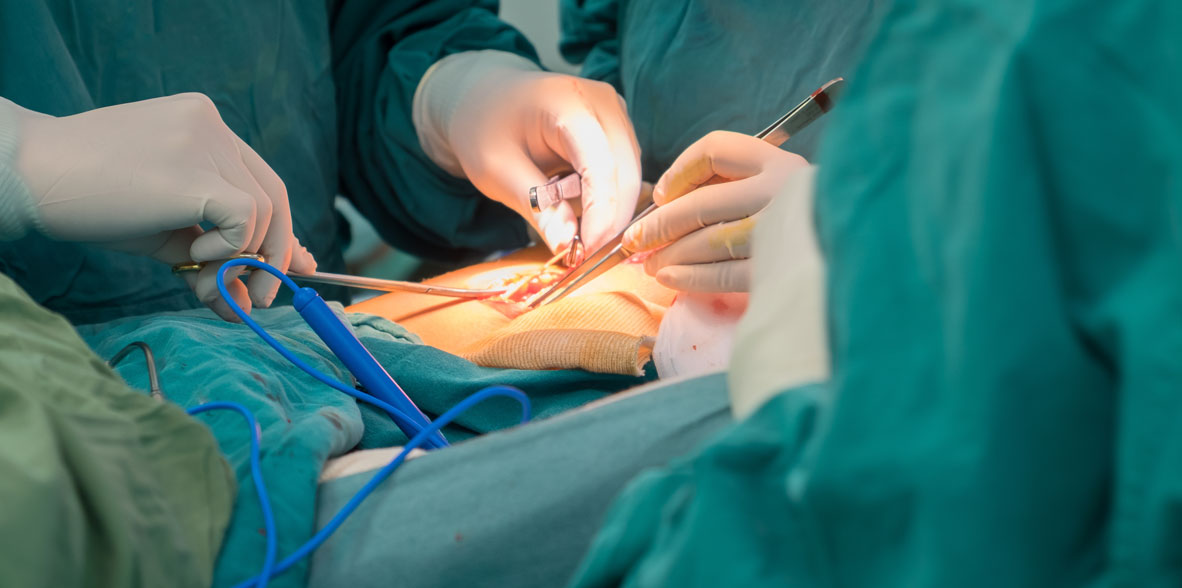

Spieghel or Spieghelian hernias are ventral hernias that occur along the subumbilical portion of the semilunar line of Spieghel through the fascia that bears its name. They are rare and, unless large, difficult to diagnose because they are interparietal and contained by the aponeurosis of the greater oblique muscle. Ultrasound and CT scans often reveal symptomatic Spieghel hernias that are too small to be detected by clinical means; Large ones can be confused with sarcomas of the wall of the abdomen. Spieghel's fascia consists of the fused aponeuroses of the oblique minor and transverse muscles of the abdomen, between the belly of these muscles outward and the rectus muscle in the midline. Below the navel the fibers are more or less parallel and can separate and allow the peritoneum and preperitoneal fat to exit through the cleft defect, but retained by the overlying aponeurosis of the greater oblique muscle of the abdomen. Spieghel's hernias are more common in the area between the navel and the line than the anterosuperior iliac spine below the arcuate line and above the inferior epigastric vessels. Spieghel's hernias require the performance of a hernioplasty with mesh and sometimes laparoscopic surgery may be indicated.



































